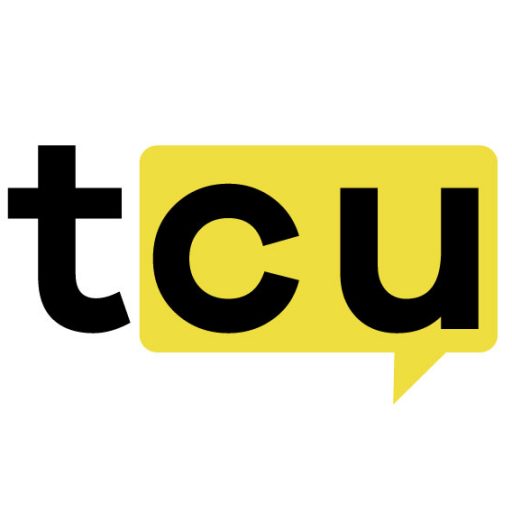Ethena’s Growing Stablecoin Dominance
Ethena’s USDe stablecoin has become something of a phenomenon in the crypto space. By August 2025, its supply had reached about $12 billion, making it the third-largest stablecoin overall. That’s quite remarkable when you consider how crowded the stablecoin market has become.
What sets USDe apart is its yield-bearing nature. Unlike traditional stablecoins that just sit there, USDe offers holders between 9% and 11% annual percentage yield through a delta-neutral strategy. Basically, it hedges collateral while earning funding yields. This approach has clearly resonated with users – the supply nearly tripled from mid-2025, approaching $15 billion by October.
Terminal Finance: The Ethena-Focused DEX
Terminal Finance appears to be positioning itself as Ethena’s go-to decentralized exchange. It’s specifically designed for trading yield-bearing stablecoins like sUSDe (staked USDe) and other institutional assets. The platform uses a concentrated liquidity AMM model similar to Uniswap v3, but with some clever optimizations for yield-bearing assets.
The real innovation here is how Terminal handles yield accrual. Normally, when you provide a yield-bearing asset in a liquidity pool, you face impermanent loss as the token’s price increases from earned interest. Terminal solves this with a “redeemable token” framework. When liquidity providers deposit sUSDe, the protocol wraps it into rUSDe – a token fixed at $1 value that periodically mints additional units to represent earned yield.
This separation of price from yield means arbitrageurs can’t drain the pool when sUSDe’s price rises, and liquidity providers don’t suffer impermanent loss from yield increases. It’s a thoughtful solution to a persistent problem in DeFi.
Aave and Pendle: Established Players Adapt
Aave, the well-known money market protocol, integrated sUSDe as collateral late last year. This means holders can deposit the token and borrow against it while still earning yield in the background. Interestingly, over half of all USDe-related assets have been deposited into Aave’s markets by 2025, showing how crucial Aave has become for Ethena’s liquidity.
Pendle takes a different approach, focusing on yield trading and management. It splits assets like sUSDe into principal tokens (representing the fixed claim to the original asset) and yield tokens (representing rights to future yield). This lets users do interesting things – they can sell the yield token to lock in fixed yields upfront, or buy yield tokens to speculate on variable interest rates.
By mid-September, the Terminal tUSDe pool on Pendle had over $230 million deposited, becoming the highest-yielding USDe market on the platform.
Term Finance: Fixed-Rate Lending Enters the Picture
Not all lending needs floating rates, and that’s where Term Finance comes in. The protocol offers fixed-rate lending and borrowing for crypto, integrating USDe to bring fixed-income products to more users.
Term uses an auction model where lenders and borrowers submit bids in periodic auctions. The protocol matches them to lock in a single interest rate for all participants of that term, without individual negotiation or order books. This means USDe holders can lend at fixed rates for specific terms, and borrowers know exactly what they’ll pay.
The auction mechanism finds one clearing rate, eliminating slippage or rate spreads between lenders and borrowers. It’s a capital-efficient approach that brings traditional finance-style predictability to DeFi lending.
What strikes me about these developments is how they’re creating a comprehensive ecosystem around USDe. From specialized trading on Terminal to collateralized lending on Aave, yield management on Pendle, and fixed-rate borrowing on Term Finance – there’s a growing infrastructure supporting Ethena’s stablecoin. This level of integration suggests USDe isn’t just another stablecoin, but potentially the foundation for a new financial ecosystem.
![]()


